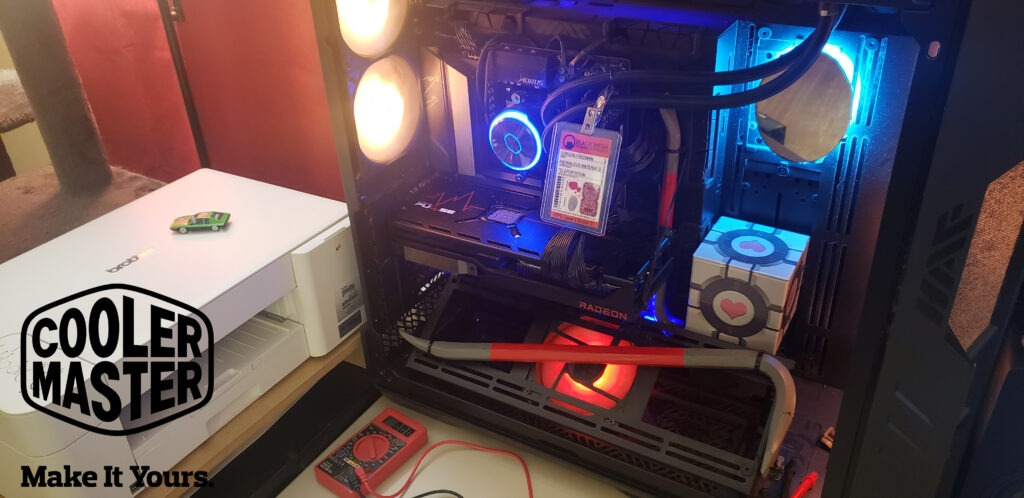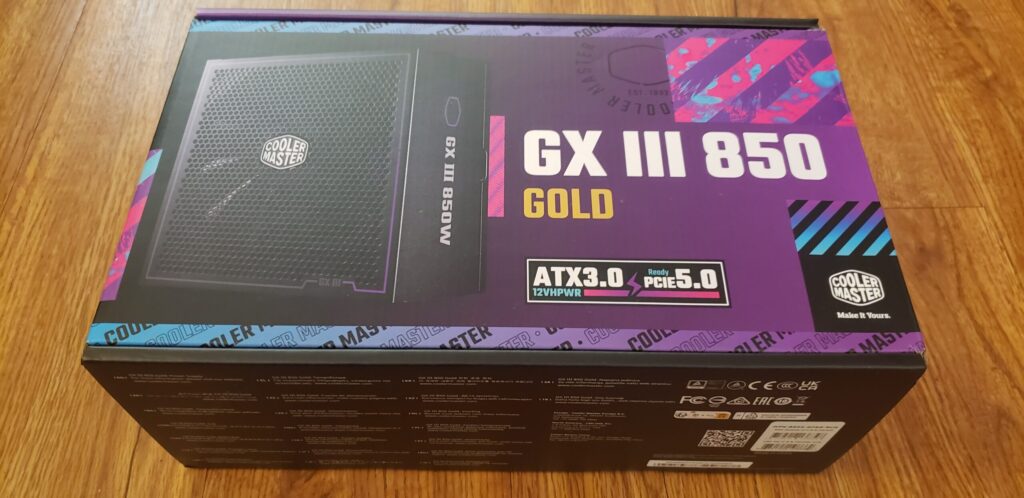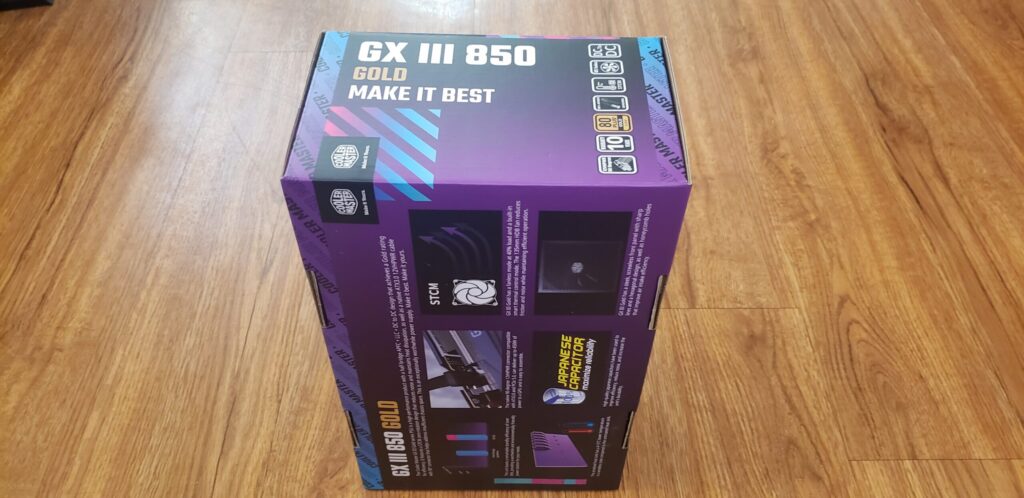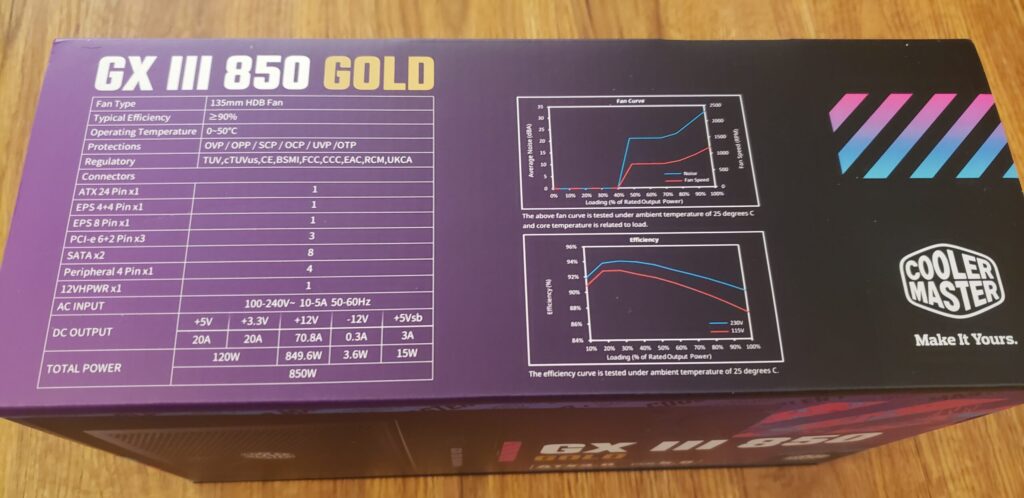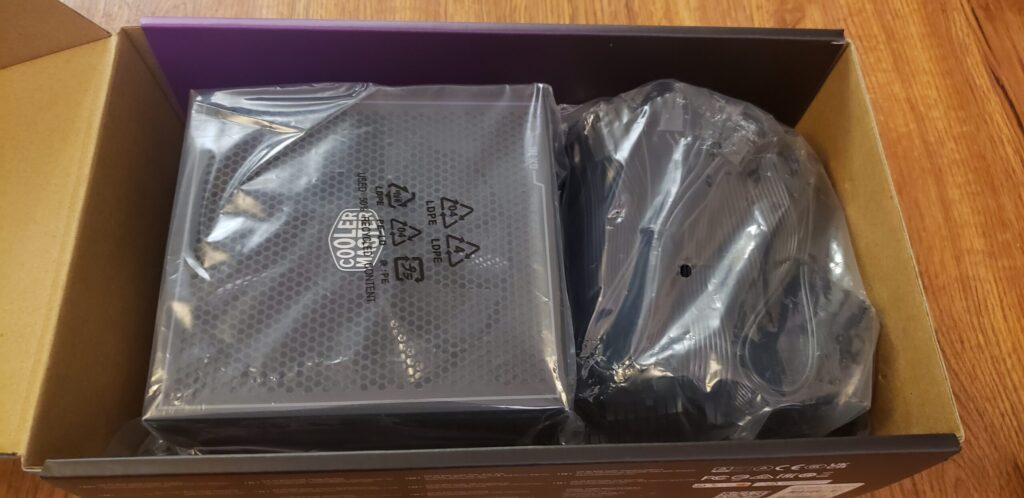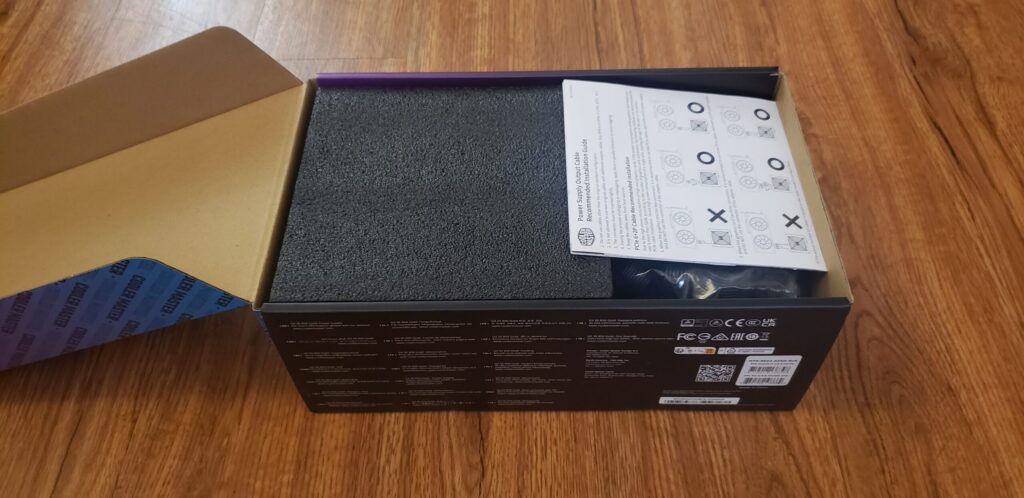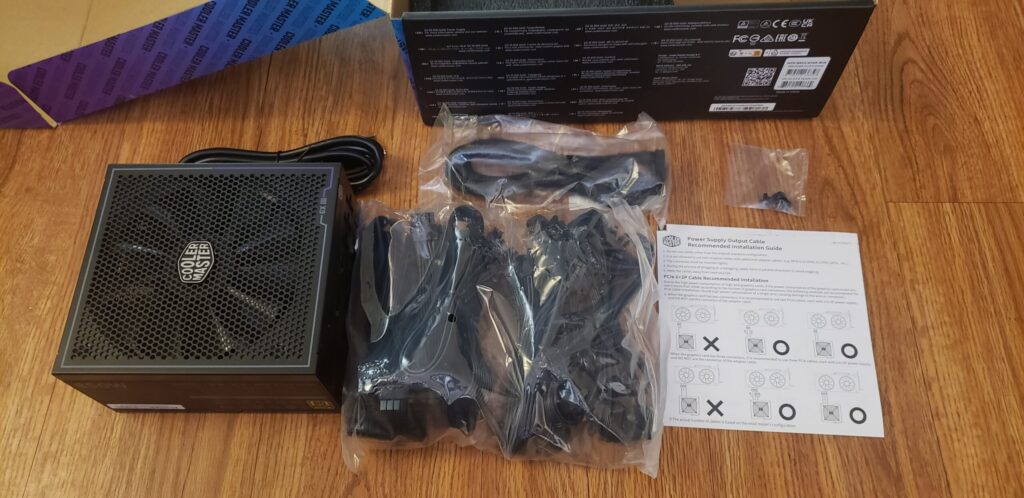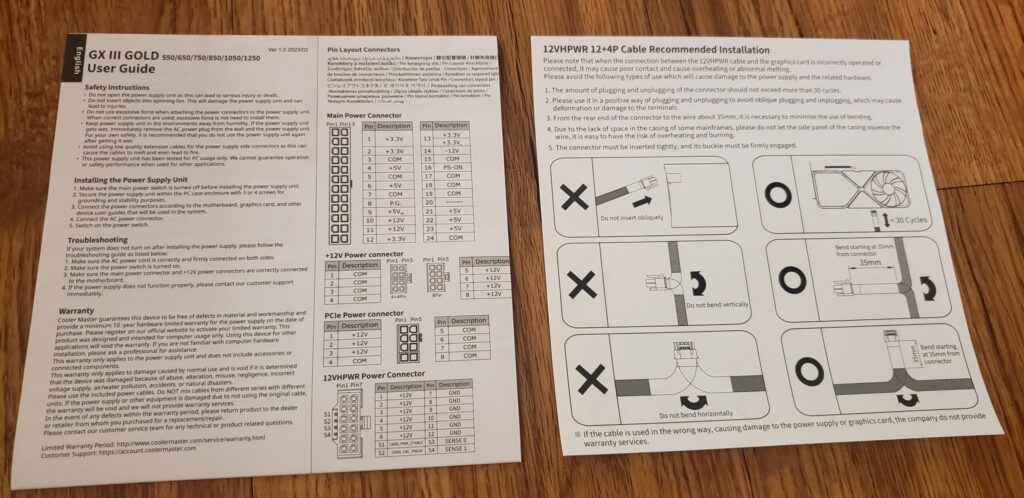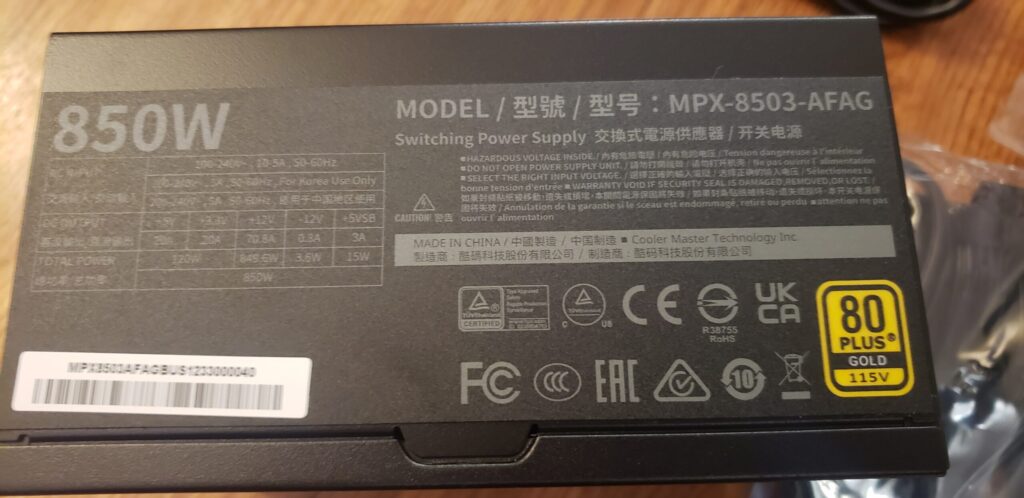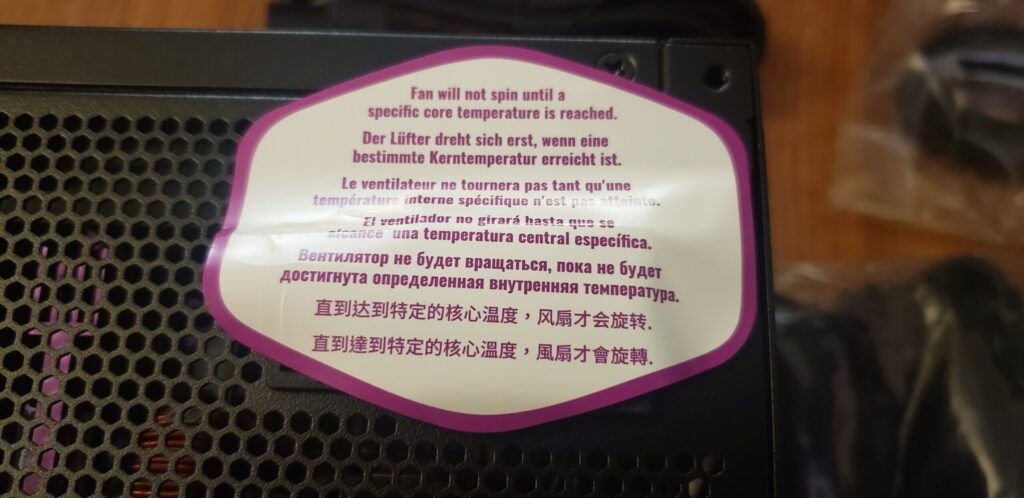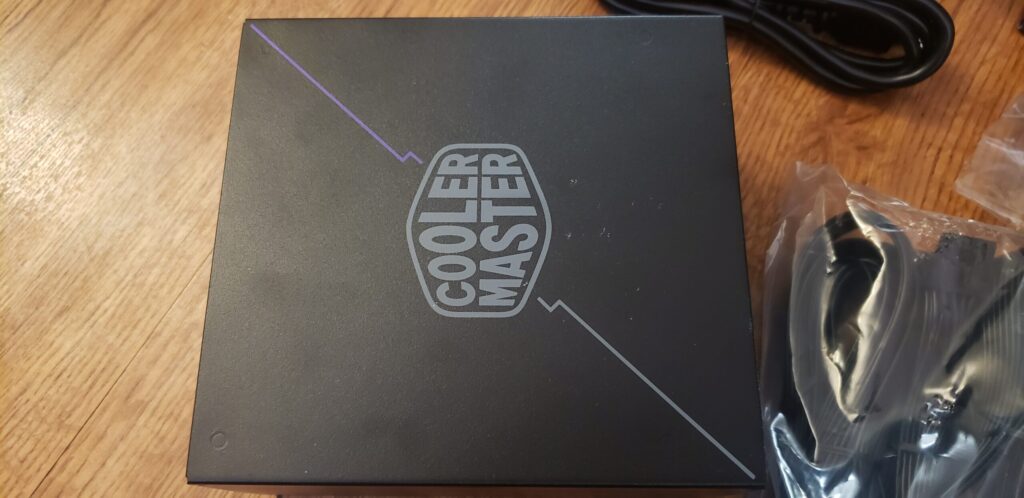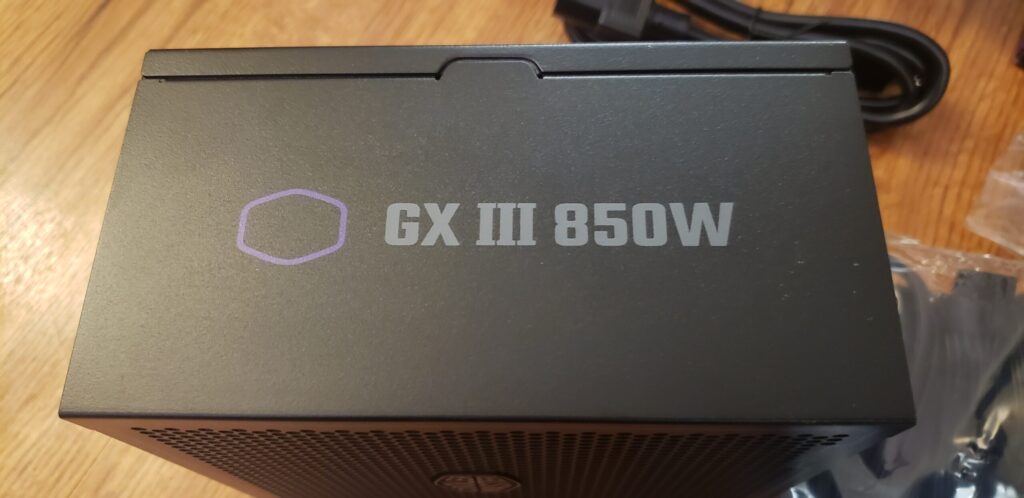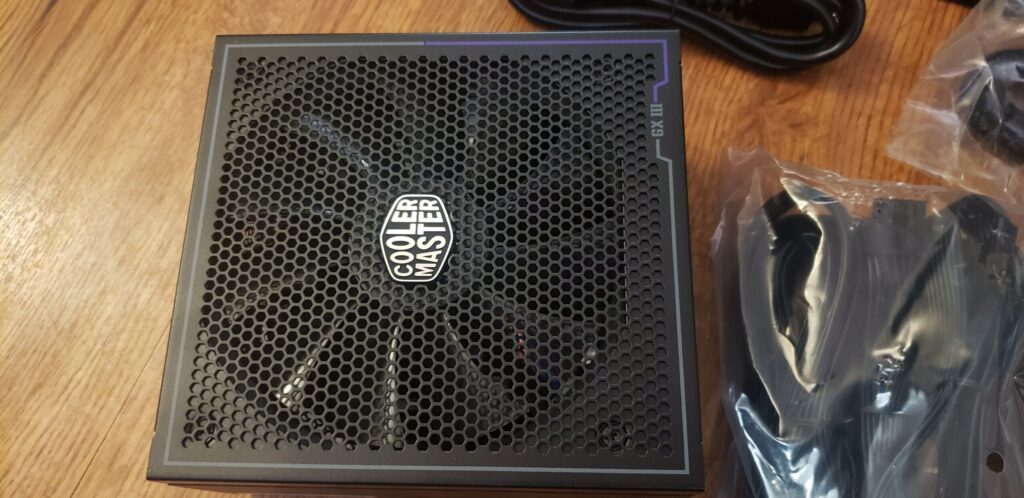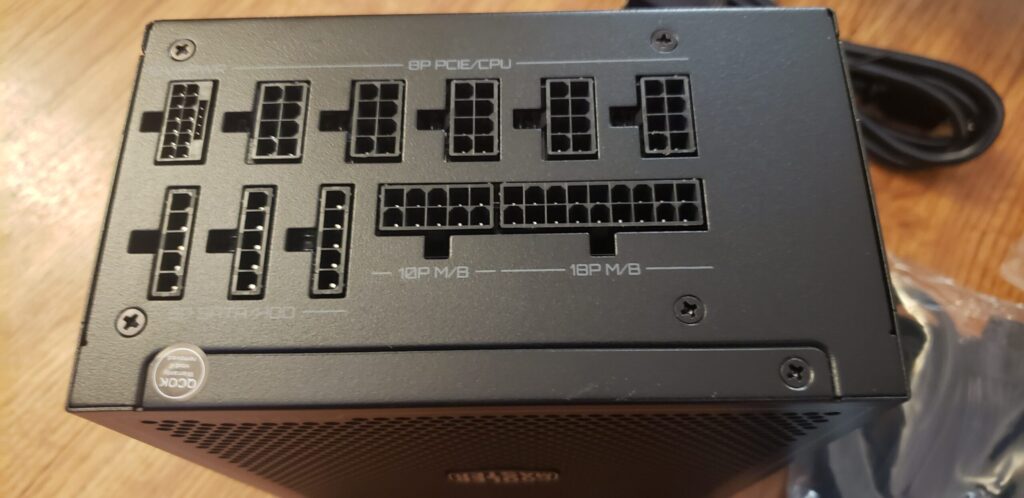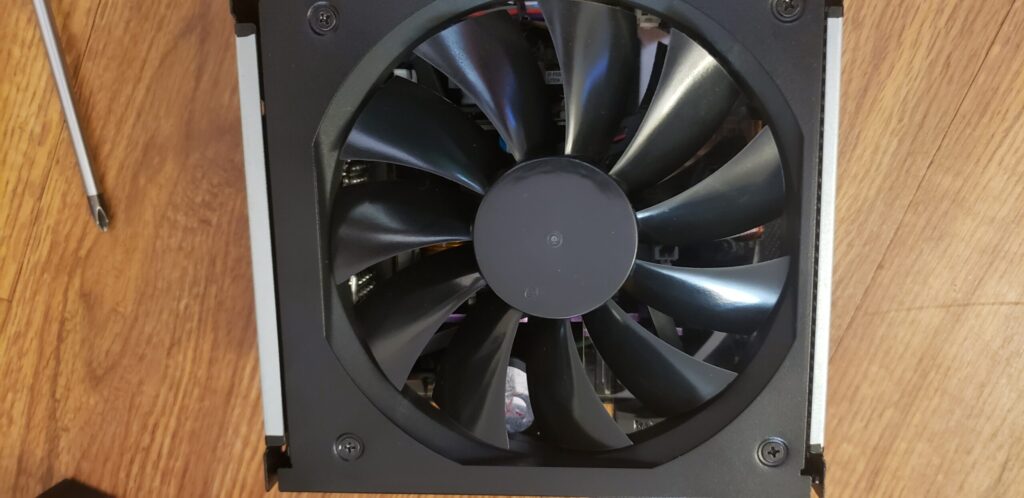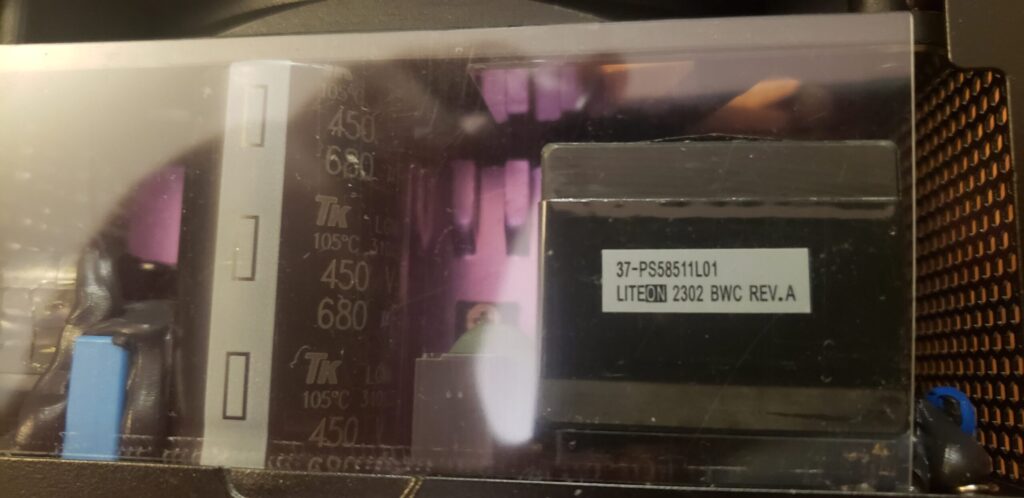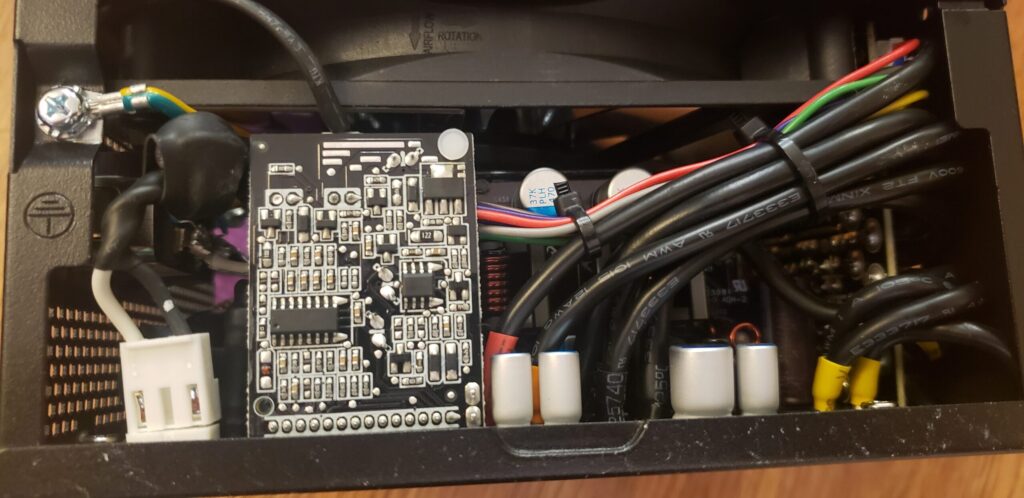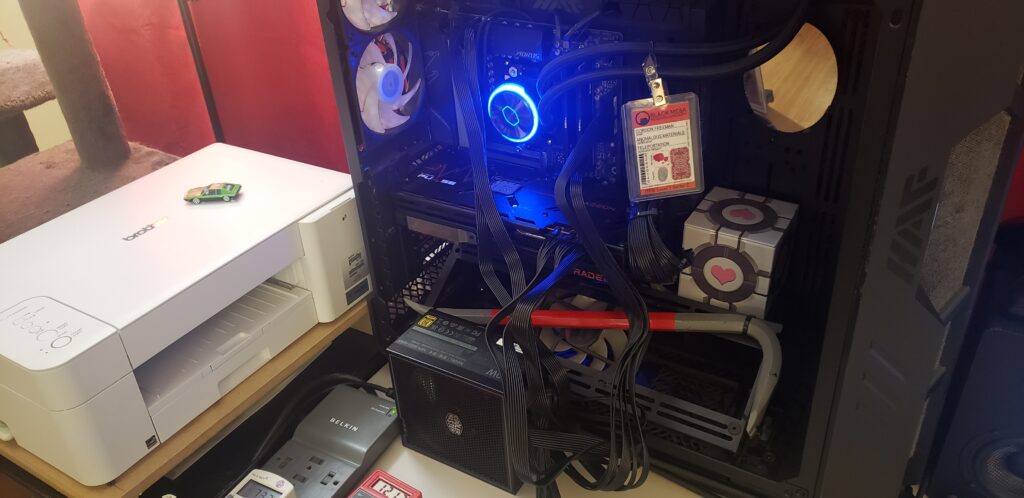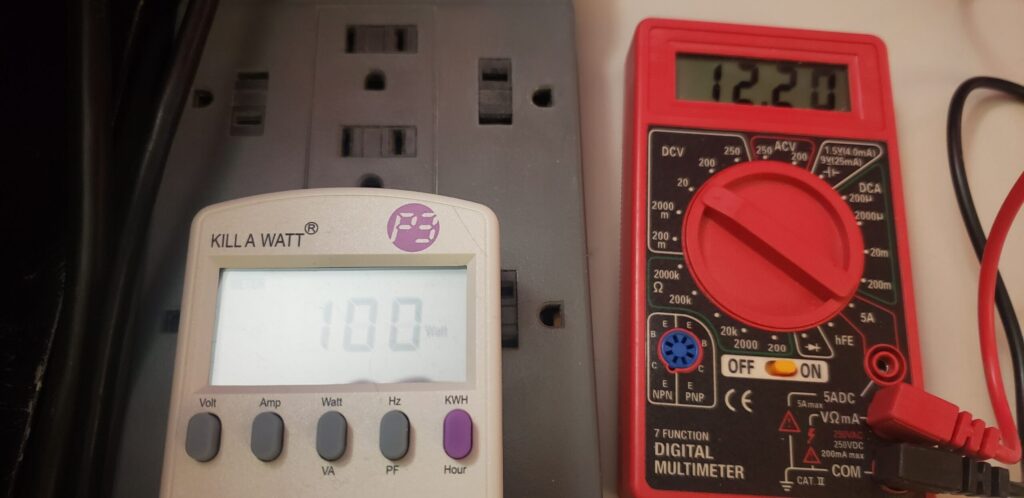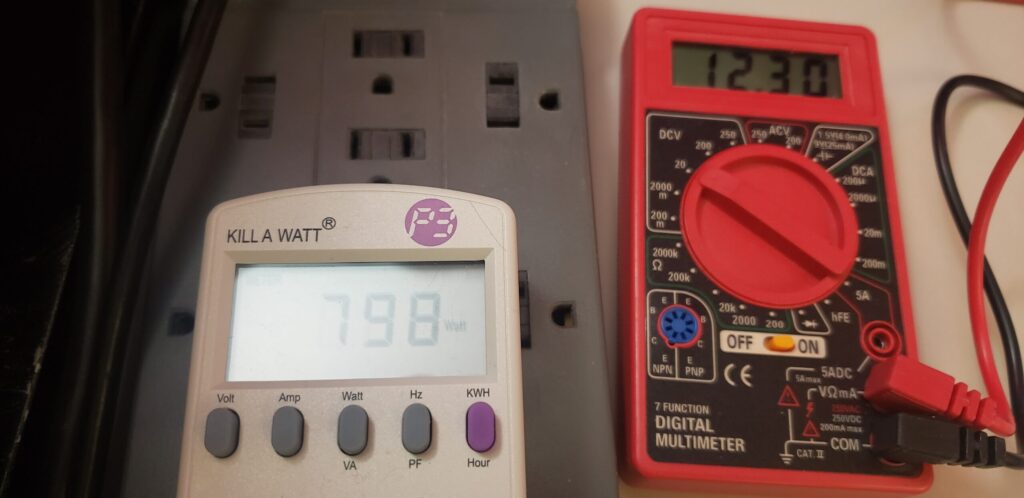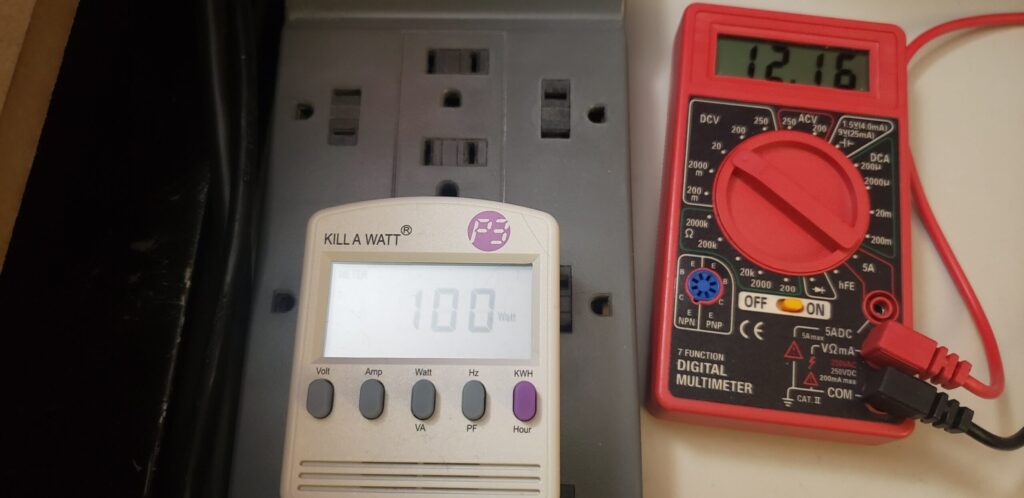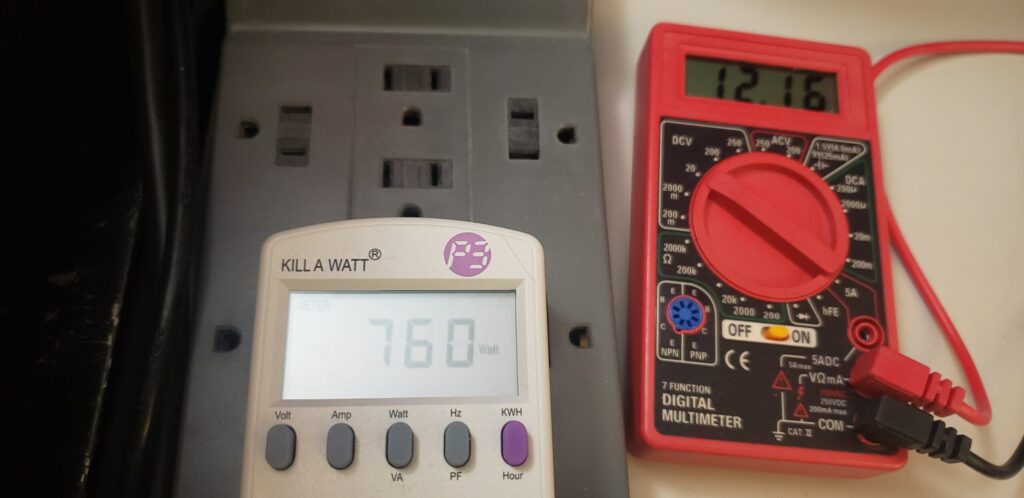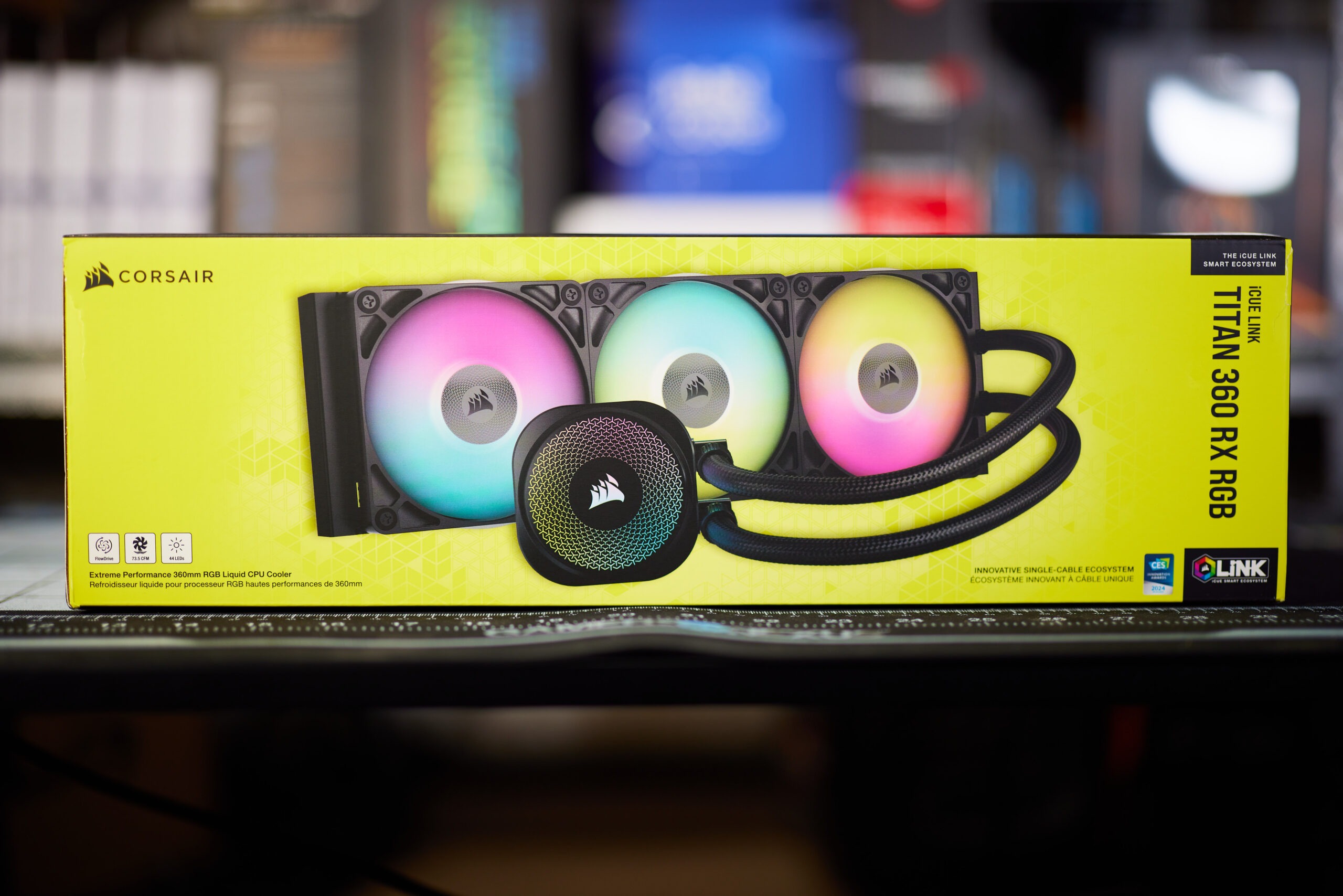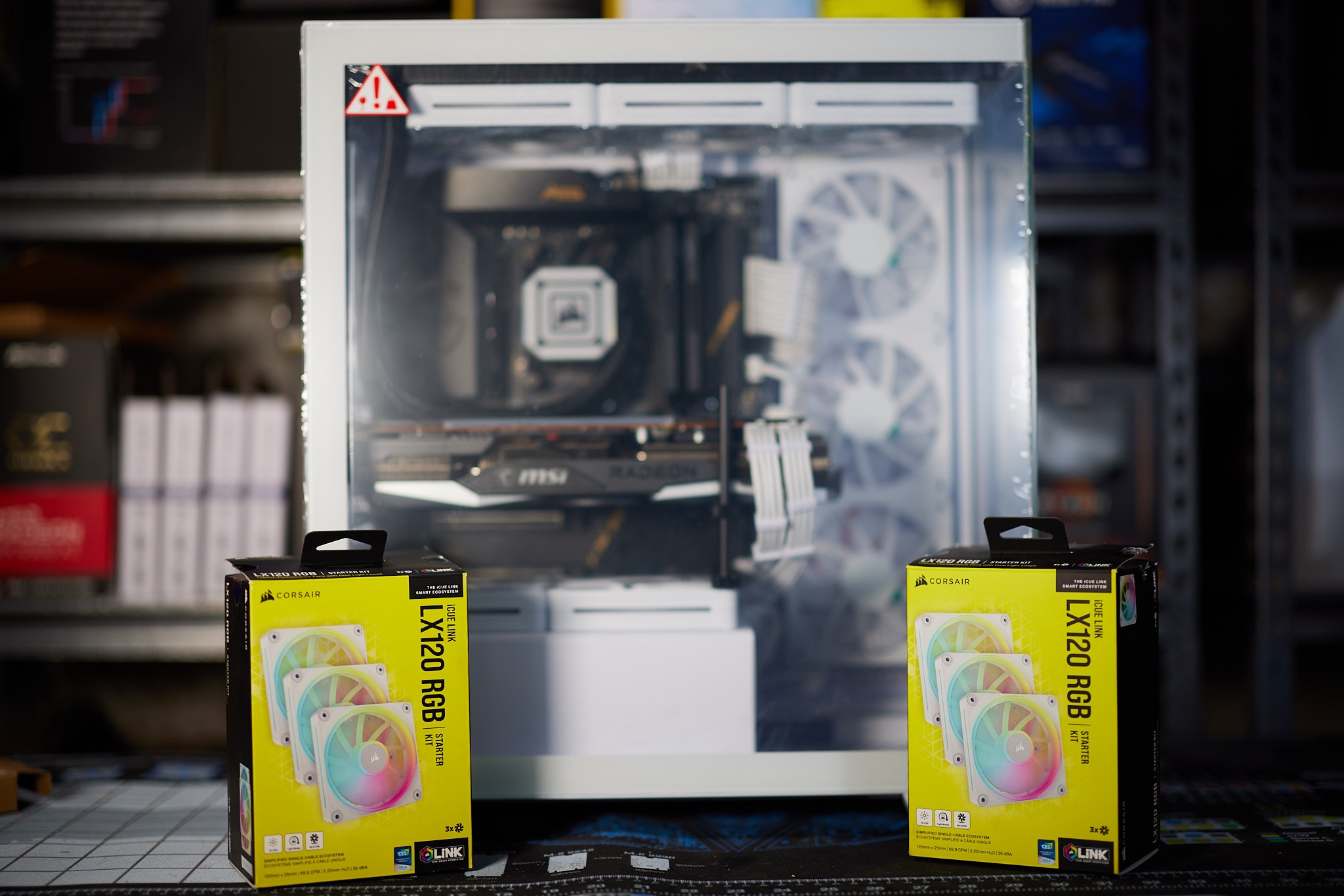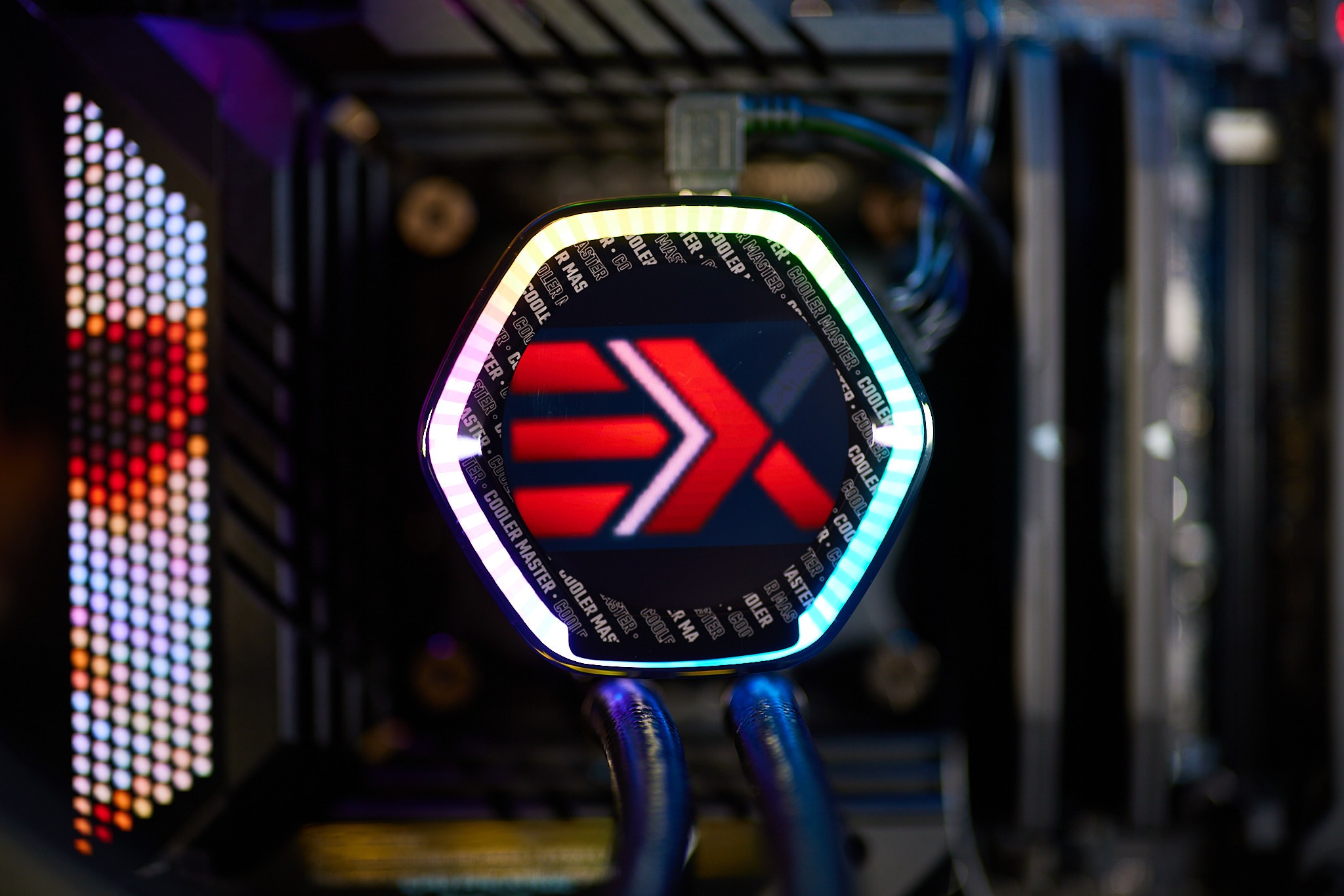The discussion around All-In-One (AIO) CPU coolers versus custom loops will always be ongoing. However, recently there has been a lot of innovation in the AIO market by manufacturers to try to match the performance and customizability of custom loops. Corsair, not to be outdone by its competitors, is launching its next-generation AIO CPU cooler, the iCUE LINK Titan RX RGB. The Titan combines Corsair's latest advancements in cooling engine technology, replaceable pump caps, and iCUE LINK RX120 fans in hopes of being your next CPU cooler.
In addition to the Titan AIO, Corsair supplied me with three of its CapSwap modules. This review will examine the iCUE LINK LCD Screen, VRM Fan, and Pump Cap Groove modules. Is the Titan good enough to topple another AIO I've recently reviewed, the Cooler Master 360 Ion? Continue reading to find out.
Today we’re taking a look at one of Cooler Master’s signature power supply units, the Cooler Master GX III 850 Gold unit to be specific. Cooler Master has been in the business of PC components since 1992. They produce cases, power supplies, air and water coolers, and many other peripherals. So how well does this new 850w Gold rated PSU work? Does it live up to Cooler Master’s hype? The manufacturer claims,
Included ATX 3.0 support and a 90-degree 12+4pin (12VHPWR) PCIe 5.0 connector featuring higher electrical durability, improved safety, and capable of bringing up to 450W to your GPU. 80 Plus Gold and Cybenetics Platinum certifications indicate achievement of more than 90% efficiency at typical loads. This unit has received a Cybenetics A- noise level certification and includes a smart thermal control mode that defaults to zero spin.
Does this new PSU happen to have enough juice to power a modern 2024 top tier gaming computer? Can we at least try to compare it to another PSU? Let’s find out together!
Notable Features:
- Innovative, streamlined design
- ATX 3.0 support & a 90-degree 12VHPWR cable
- Optimized and silent thermal performance
- Titanium efficiency at light loads
- Fully modular cabling
- 10-year warranty
Specifications:
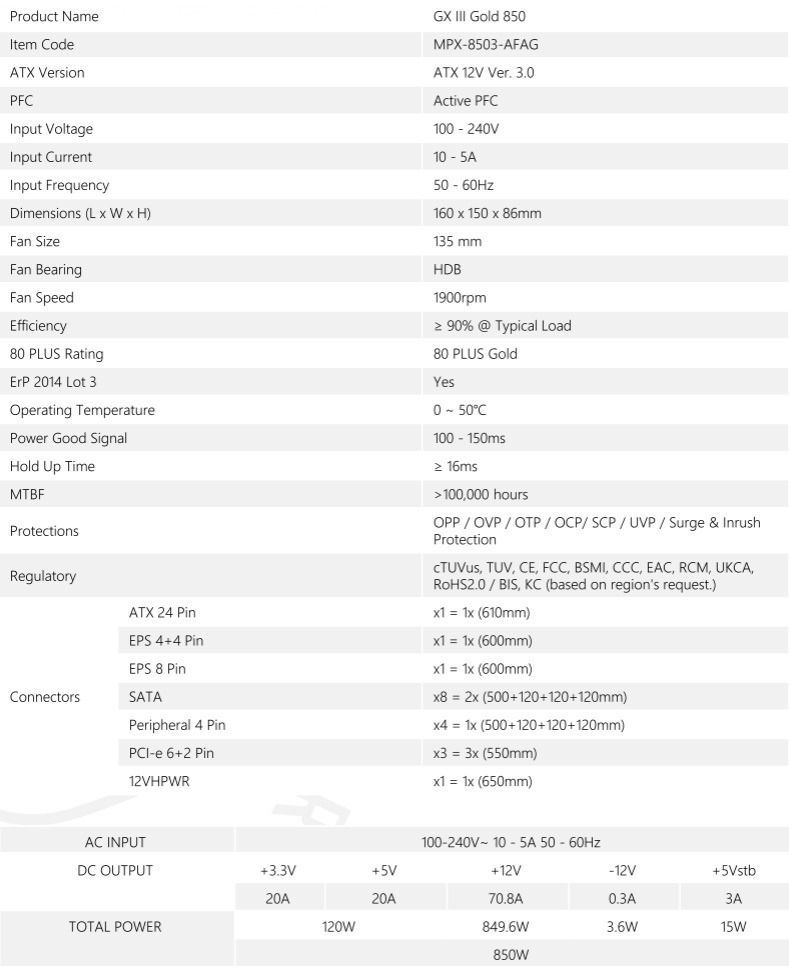
Unboxing:
Taking a look at the artwork on the box, its a very typical Cooler Master design with their signature purple and black coloring. The box definitely shows off all of the touted features of this particular PSU like the 12VHPWR connector and the Gold rating. It was also a pleasant surprise to see the DC output chart directly on the box, which is showing that we should have a total of 849.6w available on the 12v rail.
Opening the box up, we start to get a peek of what’s inside finally. Cooler Master has definitely done a fantastic job packaging this unit up. Everything was tight and snugly fit inside of the box.
Once we have everything out of the box, we can now see all of the included cables (including the 12VHPWR plug). They’ve also included a NEMA power cable to connect to the wall outlet, as is typical with most PSU’s. There’s also an instruction manual, and a dedicated paper with warnings for the 12VHPWR cable. Cooler Master has also included 4 standard black case screws to screw the PSU into your chassis, which is also a typical accessory included.
Moving onto just the unit itself, we see the DC output chart located on one side. We also see a sticker over the power plug, warning consumers that the fan on this device doesn’t spin up unless it gets hot (we’ll make note of that for testing later). On the top side of the PSU, there’s a giant Cooler Master logo, with a simple graphic of purple and gray with it. On the opposite side of the DC output chart, we can see the purple Cooler Master logo, and the model number text in gray. And of course, we can see the giant 140mm fan that’s going to be keeping this unit cool. Finally, on the “back” side of the unit, we can see the modular power plugs for the DC power cables to connect to.
Now this is the part of the review where I will admit failure, however this is absolutely a positive for Cooler Master. It seems they used locktite on the assembly screws that hold this unit together. As such, I was NOT able to completely disassemble this unit as all I was doing was stripping the screws on it. I give Cooler Master some kudos on this because lets be honest, people like me probably should not be playing around inside of a PSU. I was hoping to snap some good PCB shots though, and unfortunately these were the best I could do. With that said, I DO see Japanese TK branded capacitors on this board, so we absolutely can confirm Cooler Master’s claims of all Japanese capacitors. I also see a LiteOn transformer in there. The soldering job looks very neat and tidy on the PCB’s I was able to see.
Testing:
Today’s testing is going to be slightly different than a traditional PSU test, and I do have to apologize for that, for you the readers. We are going to absolutely make sure this unit will power such a computer of course. I did attempt to do a comparison with my existing Cooler Master XG850 Plus Platinum unit that I reviewed previously. However the loads did end up being ever so slightly different between the 2 units. Well…..you’ll see as we dive into the testing.
Test System:
- Ryzen 7900x
- 32GB GSkill FlareX DDR5-6000
- Sapphire Pulse RX 7900XTX
- Cooler Master MasterLiquid PL360 Flux
- Cooler Master XG850 Plus Platinum (for comparison)
- Cooler Master HAF700
Starting to do some testing here with the original PSU in the system, the XG850 Plus Platinum. This unit is showing right around 100w draw at the wall outlet, with 12.20v solid on the 12v rail at idle. Idle test was done 5 minutes post system startup, idling at desktop, Windows 11. When we put the system under the heaviest possible load we can, we see 798w draw at the wall, and still that solid 12.30v on the 12v rail. Voltage rose under a load, which does seem to be a standard with more modern PSU’s. Load test was 30 minutes of Unigine Heaven benchmark plus OCCT “power” test. Okay, so the system is about perfect for an 850w unit.
Moving onto our new unit, the Cooler Master GX III 850 Gold, at idle we’re seeing a very similar result of 100w, but at 12.16v on the 12v rail. Interesting that the 12v rail is slightly less. It’s not going to make any difference at all to the end user. Let’s see how well the voltage stabilization is on this unit with a full load. Full load test shows 760w draw at the wall and still 12.16v on the 12v rail. Perfect! I don’t think I’ve ever seen a PSU to date have such solid voltage stabilization. Wattage draw was slightly less due to my 2.5″ SSD’s not being connected during this test (oops). Wattage draw does seem to be pretty well in line with expectations though.
With the testing actually completed, I’d like to talk for a second about how the testing went. I’ve been through probably hundreds of PSU’s over the years, and lately I’ve been noticing a distinct smell coming from some new PSU’s. This Cooler Master GX III 850 Gold was no different, and definitely had that “burnt electronics” smell right out of the factory. I have noticed similar smells from other branded PSU’s, so its not a Cooler Master thing, nor is it an issue to be alarmed over. The smell is very likely from the soldering stage of assembly and should dissipate after use.
There was also a very minor arching sound coming from this PSU upon every power on of the system, which is definitely something I haven’t experienced before. Was just something noteworthy I wanted to mention, neither of these complaints seemed to have any impact on function.
The fan, operated exactly as the sticker claimed it would as well. Fan was not spinning at all during most of the testing, and only started spinning when I put the full system load test to it. I was not able to audibly hear the PSU fan at all during the testing phase of 30 minutes. It absolutely makes some noise, however the drone of all of the other fans in my living room were overpowering and I was unable to determine this PSU as making any noise or not. I cannot say the same for other PSU’s, seeing as I can plainly hear my current Cooler Master XG850 Plus Platinum when I put a full system load to it. So the claim of having quiet fans on this particular unit, I think we can safely say is a true enough claim.
No, I did not use the included 12VHPWR cable being as my test system does not require that plug. I cannot comment on that particular cable as I don’t own a single GPU that requires it yet. However the documentation does clearly state you can only plug and unplug that cable 30 times. So anyone who does use that cable, please be careful.
Cooler Master GX III 850 Gold Final Thoughts:
So, what do I think about this PSU after having it in my hands for a while? Well, personally I wouldn’t be running this PSU with a 4090, that’s absolutely for certain. My 7900XTX is capable of pulling upwards of 420w (according to AIDA64), and I’m already nearly functioning at capacity for an 850w unit. This PSU seemed to do the job perfectly fine, and was operating within the same wattage ranges as my existing Platinum rated unit. Cooler Master has been doing their own in house building of PSU’s lately, and I cannot confirm or deny if this is Cooler Master’s own design or not. However, the unit does deliver the power figures exactly as advertised. The unit works, and it includes everything you could ever need to plug in all of your system components. This unit retails at a price of $164.99 at the time of this review, and honestly that’s not a bad price at all for a solid Gold rated 850w unit.
Overall, I have zero complaints worth any merit on this PSU. It does exactly what its supposed to do, and looks perfectly fine doing it. The fan was quiet and never got annoyingly loud, and the included cables were ample. I have zero problems using this PSU in my FX 8 core power hog, which is where this unit is destined to go for me personally. I wouldn’t hesitate to recommend it for anyone either, unless you have a 4090 and a 14900k type system. You might want to look into 1kw+ sized units for giant builds like those. If you’re like me, and use “budget” components, you’ll never overload this unit.
I’d like to give Cooler Master a huge shoutout and thank you for allowing me to take a look at this PSU today. As they always say with their slogan, “Make it yours”, and I definitely intend to with this PSU.
| Pro's | Con's |
|---|---|
| ATX 3.0 Support | None |
| 90-degree 12VHPWR Cable | |
| Silent Thermal Performance | |
| Fully Modular | |
| 10 Year Warranty |

Want to discuss this product or give your views and feedback from your own usage? Leave your comments and discuss HERE, on the ExtremeHW Forums (No Sign Up Required)
Like our content? Please consider Donating to help us to continue our writing.



